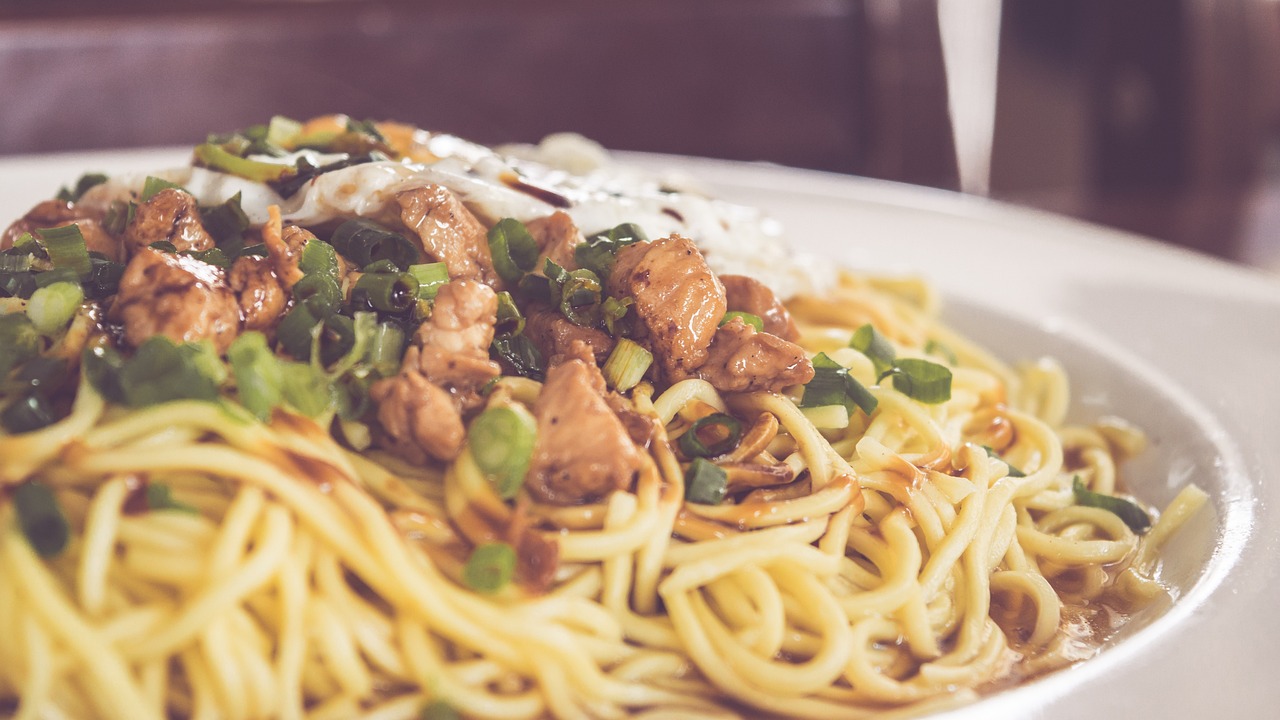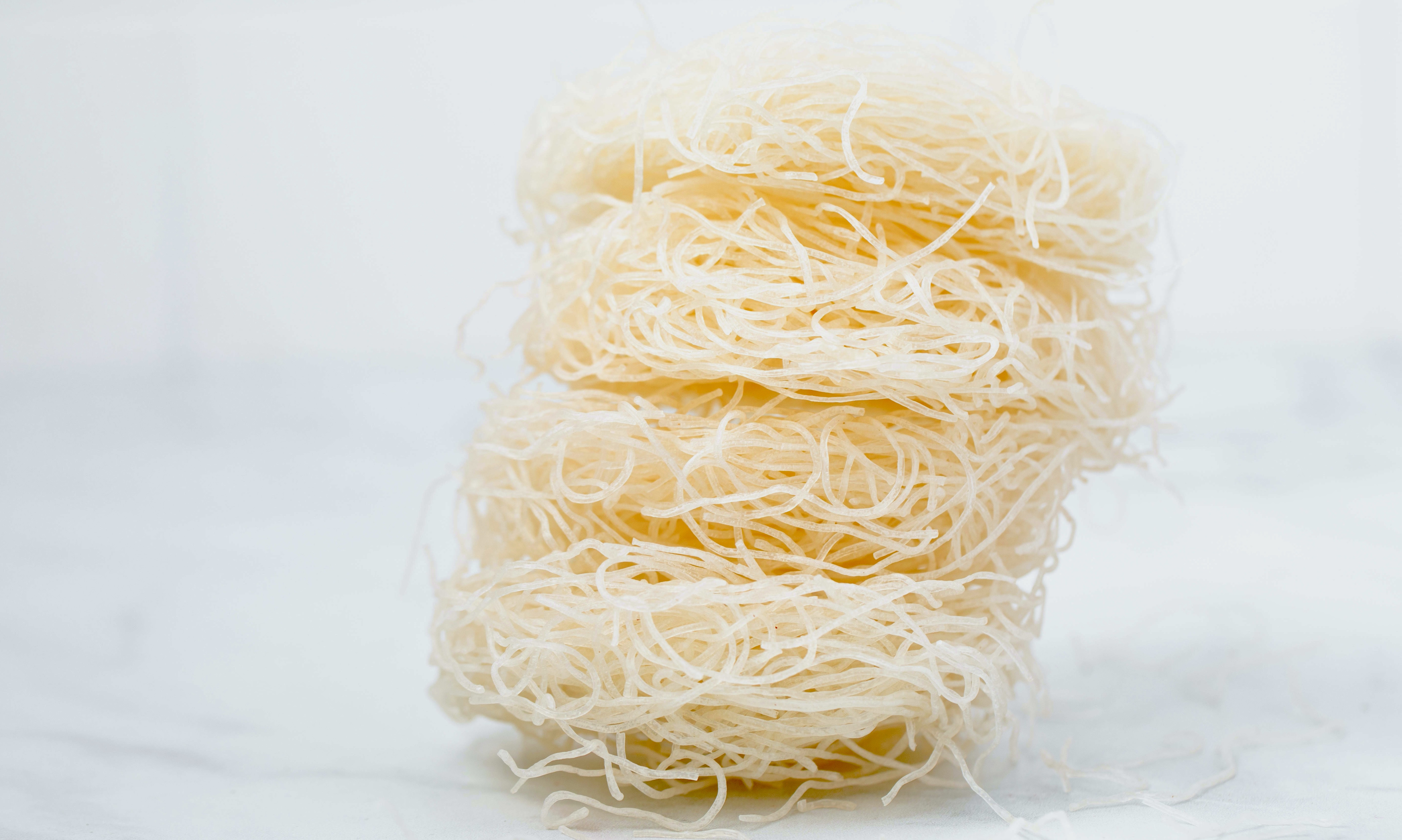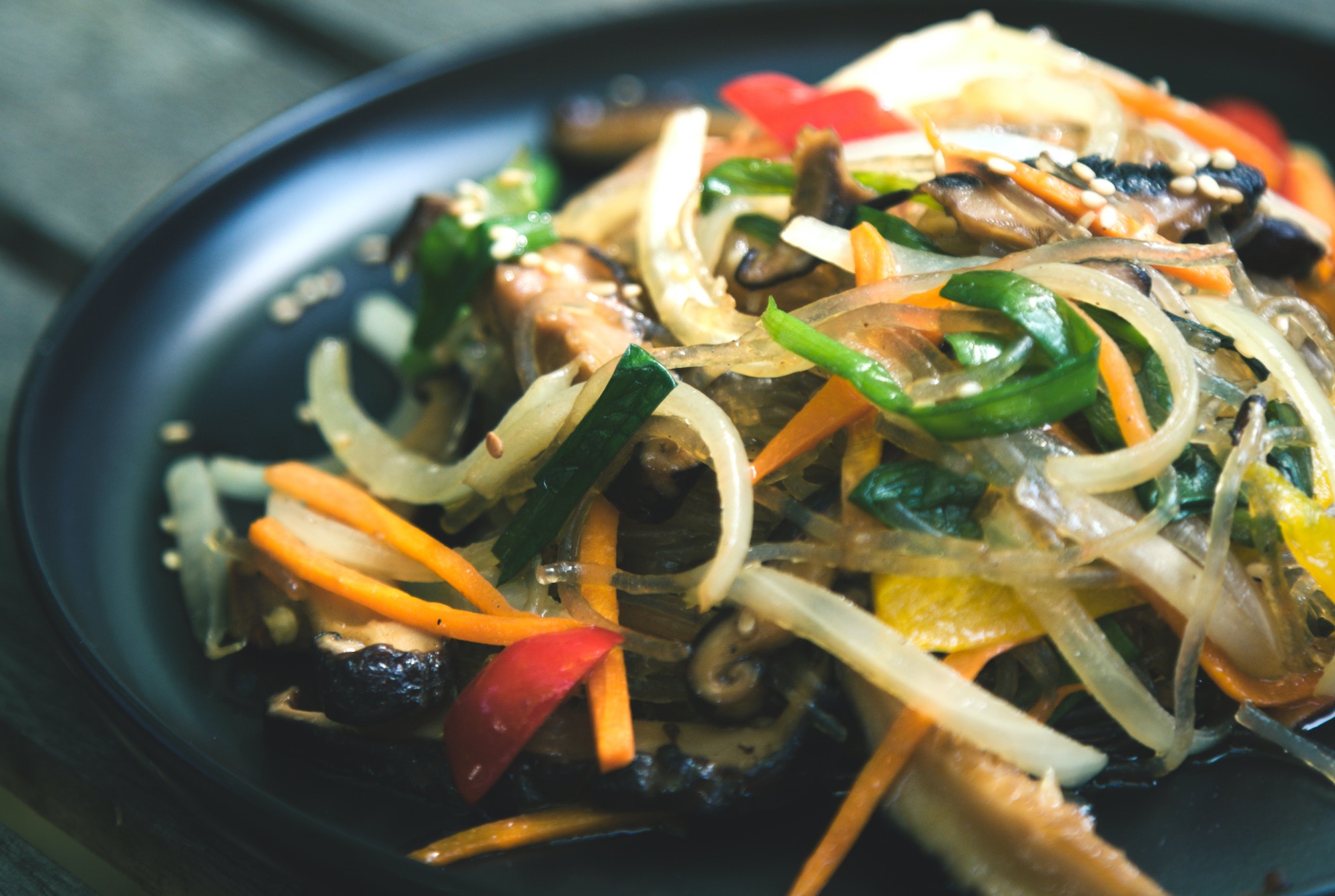Chinese cuisine has seen noodles as a staple in its culinary history for thousands of years.
This dedication has led to a wide variety of noodles spread across different provinces and cultures throughout China; each with their own unique preparations and presentations involved.
For some, the process of noodle-making is an art-form; passed down from each generation of noodle masters. It is a versatile ingredient found in some of the most popular and well-known dishes in Chinese cuisine, even leading to the development of other cuisines such as Japan, Vietnam, Thailand and more.
Related Read: Beijing Noodle Making
Hand-Pulled Noodles (拉面 Lamiàn)
Hand-pulled noodles are not only commonly found among street vendors and high-end restaurants, but also in viral videos across the internet.
@tiffycooks All you need is FOUR simple ingredients to make these noodles!! #noodles#spicy#easyrecipe♬ original sound - TIFFY COOKS 🥟
Many have become entranced by the noodle masters who seem to almost dance while skillfully slapping these long dough ropes against a floured table to create amazingly elastic and delicious noodles. The noodles are a specialty of Northwestern China, where in provinces such as Gansu and Shaanxi, the original birthplace is debated heavily.
Repeatedly pulled and stretched by hand (hence the name), these wheat noodles are bouncy and chewy with the help of a special ingredient: Penghui (蓬灰), a powder created by burning a bitter fleabane tumbleweed into ash, that is added to water to create an alkaline water solution. This secret ingredient is what gives the stretchy noodles their elasticity and slightly yellow color. It also leaves a faint undertone of sulfuric flavor to the noodles, making them identifiable from noodles that do not use alkaline or lye water in their process.
Hand-pulled noodles do not have to specifically use Penghui, as standard commercial lye water or other alkaline water solutions are acceptable. This alkaline solution can also be mimicked at home, through a process called "kan sui." By baking sodium bicarbonate until it becomes sodium carbonate in the oven, this powder can then be mixed with water as a weaker but acceptable substitute for commercial alkaline water.
Egg Noodles (蛋面 Dan Mian)

Egg noodles, most commonly associated with dishes including wonton soup or chow mein, are traditionally made with flour, water and of course, eggs. The addition of eggs gives the noodles a stronger yellow color and a slightly richer flavor than standard wheat noodles.
When making these springy noodles, they can be cut into a variety of thicknesses and shapes before either air-drying or boiling the noodles. In Beijing, these egg noodles are often cut to be slightly thicker before being paired with a heavy, delicious sauce as the famous dish Zha Jiang Mian (炸酱面).
Although alkaline water can be used, the egg itself gives enough chew to the noodle that it doesn’t require the same treatment as hand-pulled noodles. The egg also adds strength to the noodles, allowing them to hold up in heavier stir-fry dishes where other noodle types might fall apart. This makes egg noodles a perfect start for a beginner chef looking to begin making their own noodles from scratch.
Egg Noodle Recipe: Pancit Canton Noodles
Rice Noodles (米粉 Mǐ Fěn)

Despite the broad term, there are technically different types of rice noodles found in Chinese cuisine. These can include ho fun, lai fun, mi xian, vermicelli and many more provincial specialties.
Other than shape and thickness, the main difference is how the noodle is prepared for cooking. Wide, flat noodles like ho fun are actually made by steaming large sheets of the gelatinous batter before cutting them to the preferred size and length. This differs heavily from vermicelli, which utilizes a murukku maker (a cylindrical noodle press) to squeeze out the batter into extremely thin rice noodles directly into boiling water.
Despite what the name implies, many home kitchens use additional starches such as potato, tapioca or corn starch in addition to rice flour when making these noodles due to the brittleness of pure rice flour. Even with mixing different starches into rice flour, rice noodles still remain gluten-free, making them the a perfect noodle for those looking to avoid gluten.
Glass Noodles (粉丝 Fěn Sī)

Glass noodles, also known as cellophane or bean thread noodles, are a type of transparent noodle made from various starches, most commonly mung bean, cassava (tapioca) or sweet potato starch.
The dried noodles are extremely brittle and hard, requiring a soak in hot water (not boiling water) before used in cooking. Once prepared, they become soft and slippery; with a translucent glass-like appearance. As a result, glass noodles are often used in dishes where appearance is just as important as flavor, allowing the paired ingredients to shine or creating an intricate visual presentation.
A perfect example is the dish Ants Climbing a Tree (Ma Yi Shang Shu), where the noodles help create the picture of watching ants climb up the long branches of a tree. Another dish that heavily relies on glass noodles is imitation shark fin soup. (Shark fin is not only detrimental to the shark population and ocean wildlife as a whole, but now highly illegal.) To replicate the texture and visual of shark fins, the soup has gradually switched to using glass noodles instead to make it a less environmentally damaging, yet delicious dish.
Just like rice noodles, these noodles are gluten-free, but also low in calories. This makes them popular for healthier dish options or for adding a little extra texture without too much nutritional change.




